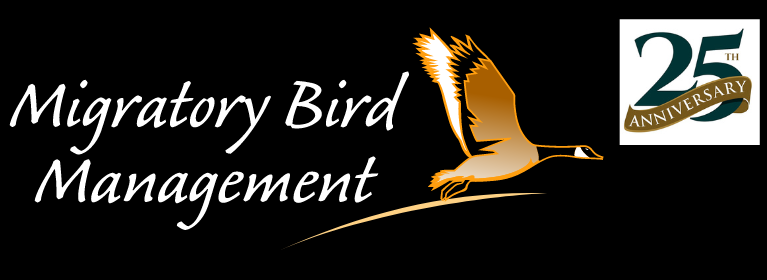
APPEARANCE
The Killdeer is a small tan and white shorebird. It has red eyes, two black neck rings, black facial markings, and a rusty red tail. Young are camouflaged to blend in with the gravel.
BEHAVIOR
Killdeer stay primarily on the ground, foraging for food. They are often seen trotting quickly along walkways and in parking lots, stopping often to stand tall and look for predators. To draw potential threats away from their nest or young, killdeer will place themselves in front of the threat and pretend to be injured, making noise and dragging a wing. Once the threat is far enough from their young, they will fly away.

DIET
Killdeer feed primarily on insects and small crustaceans, though they have been known to also take small frogs and fish when the opportunity arises.
HABITAT
Killdeer prefer open areas, especially along sand, gravel, or paved areas. They are very common along shorelines and in urban areas in parking lots, mown fields, and on gravel rooftops.
NESTING
Killdeer are ground nesters, using camouflage and their injury act to protect their nest and young. Between 4-6 speckled eggs are laid in a shallow bowl scraped out of gravel or sandy soil. They then add small, light-colored pebbles or sticks to the edge. Gravel rooftops have created additional nesting areas for them, leading to roof damage or trapped chicks.

MIGRATION
Killdeer are medium distance migrants in the northern part of their range, but year-round residents in the southern half. The cutoff occurs around central Illinois and Indiana.
ISSUES CAUSED BY KILLDEER
- Damage to rooftops given their diet preferences (i.e., small insects)
- Bird strikes at airports given their habitat preferences (i.e., open grass areas adjacent to paved surfaces)
HOW TO MANAGE ISSUES WITH KILLDEER:
- Harassment of birds on rooftops or at airports with lasers
Sources: The Audubon Society, Cornell Lab of Ornithology bird guide, Humane Society of the United States, Internet Center for Wildlife Damage Management, Nest Watch


